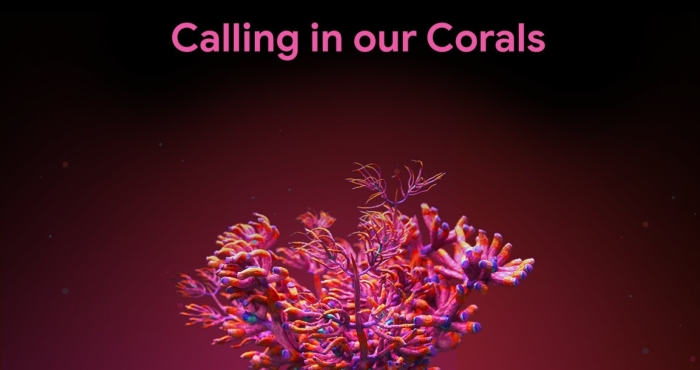
Sevenfold increase in stinging weever fish observed by SeaWatch-B
Between April and late June this year, weever fish counts were seven times higher than during the same period in 2024, according to SeaWatch-B, the citizen science project of the Flanders Marine Institute (VLIZ) under the LifeWatch Belgium Programme.Old cockles and record number of shells at the eighth edition of the Big Seashell Survey
The eighth edition of the Big Seashell Survey was a record-breaking event. No fewer than 3,500 participants scoured 400 km of coastline in northern France, Belgium, and the Netherlands, collecting and identifying nearly 150,000 shells from 72 different species. This year, the differences between the three countries were less pronounced, with the cut trough shell ranking as the most frequently found species across all regions. The Atlantic jackknife clam, the banded wedge shell, and the common cockle consistently appeared in the top five. A one-time focus on the cockle in Belgium revealed that most of these shells originated in a distant past, with only a handful of live populations remaining in the shallow continental North Sea.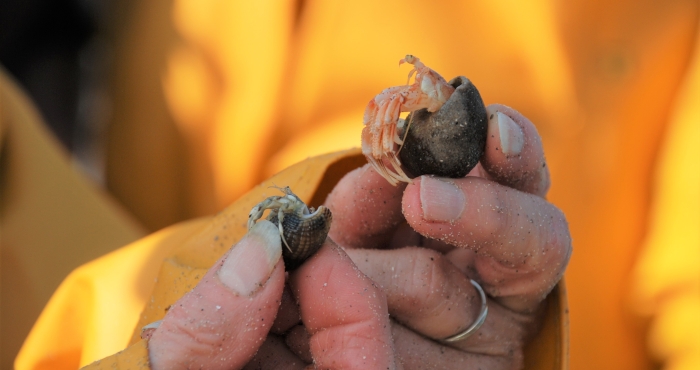
SeaWatch-B citizen science data confirm climate change
The first report "What is the state of the North Sea?" by the LifeWatch citizen science project SeaWatch-B shows that the Belgian North Sea is affected by human activities, more in particular climate change. Cold-water species such as the North Sea shrimp are decreasing in number compared to a...

Ocean Census and WoRMS Announce Partnership to Enhance Rapid Discovery and Identification of Marine Life
Collaboration with network of volunteer taxonomic specialists key to mission to accelerate the discovery of ocean life.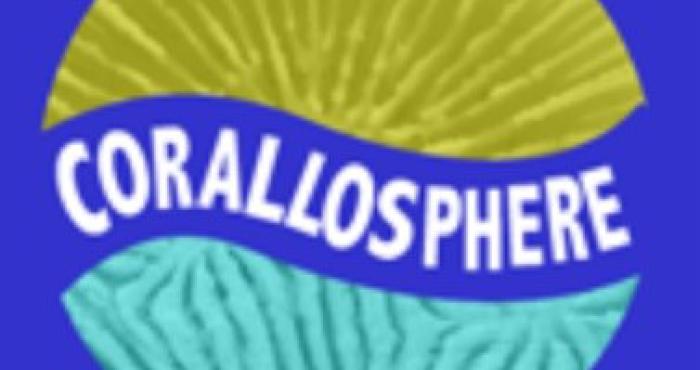
Corallosphere integrated into the World List of Scleractinia
Back in 2019, the Data Management Team received the request to integrate the content of Corallosphere into WoRMS, and make sure it would also be part of the World List of Scleractinia, one of the WoRMS sub-registers. It took a while, but this integration is now completed!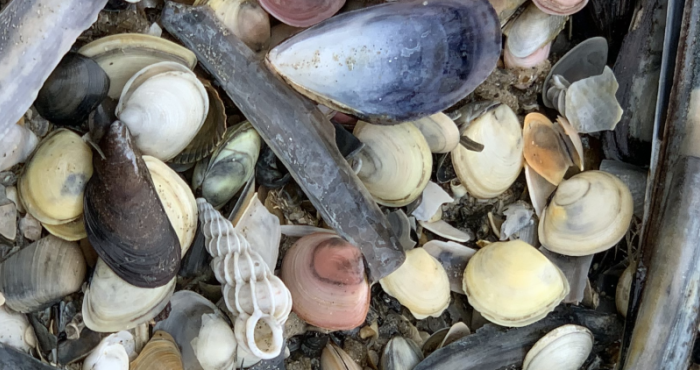
The Big Seashell Survey
Before the Big Seashell Survey started, there was little quantitative information on the species and numbers of shells that wash ashore at the Belgian coast. However, beached shells can say a great deal about climate change, environmental pollution, impact of human activities at sea and changes in...

Tracking plastics using fish tags
Acoustic telemetry proves to be a valid method to follow up the pathway of marked ‘daily use’ plastic items in rivers, in a more detailed manner than ever before. The idea of using acoustic telemetry to track plastic items came to mind, during a fish monitoring campaign organized by the Research...
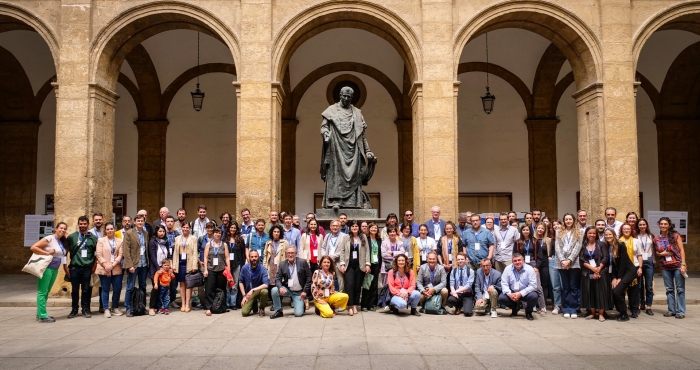
The LifeWatch ERIC BEeS: abstract book, video recordings and more!
The LifeWatch ERIC family met again, for the first time in four years, at the "BEeS" Biodiversity & Ecosystem eScience Conference. It took place in Seville from 22 - 24 May, on the occasion of the International Day for Biological Diversity. Explore the abstract book, watch the video of the live-streamed round table, and download the presentations!